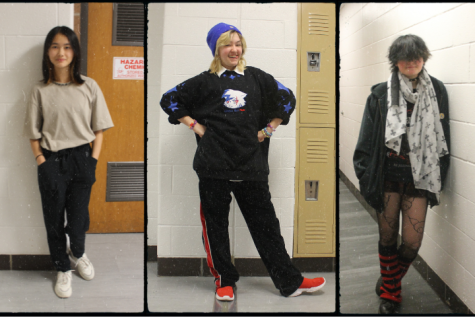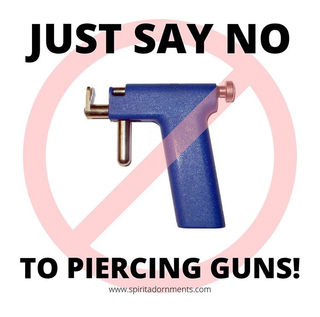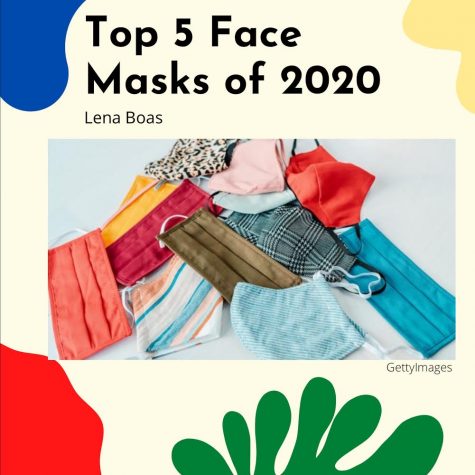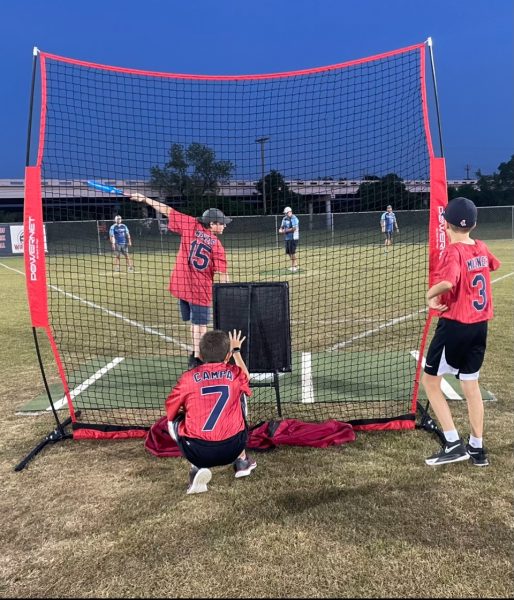Backpacks or Binders, Which is Better?
In years past, Canyon Vista Protocol did not allow for students to carry backpacks or other large bags to class, forcing students to find alternative smaller bookbags, like the popular zipper-binder. However, this year due to the circumstances of the COVID-19 pandemic, students have been allowed to bring their backpacks to all of their classes. Both students and teachers have agreed that bringing backpacks to class has made classroom transportation much more efficient, and hallway traffic is becoming less and less common. Students are each using this new backpack protocol in their own ways, with some students bringing large backpacks, others bringing totes or duffles, and some students continuing to stick to zipper-binders. With these new student freedoms some students are questioning whether backpacks are better than binders and if this protocol will continue after the pandemic is over.
No Backpacks Allowed
Originally, back in 2019 backpacks were only permitted for use to-and-from school and were expected to be left in lockers during the day. This prohibition was put in place to stop the possible threat of students bringing armed weapons to school. Most students only brought zipper-binders; binders with a fabric coving and a zipper protecting its contents, to school and kept anything they couldn’t carry in their lockers. Despite the fact that this gave way for busy, crowded hallways and students with full hands, most didn’t really seem to mind. Although in some ways this method of school supply transportation was more tedious, many students found it to be more organized and less strenuous. Though some students are continuing to use binders, all students can agree that the habitation of backpacks was a great decision and has immensely improved the way we get to class.
Binders, then and now
For those who have never known the luxury of a zipper-binder or trapper keeper binder, it is essentially an enlarged ring binder with a durable fabric or plastic covering. Zipper-binders come in many different sizes and styles, however, binders are known for their lightweight, durability, and comfortable transportation. Binders are also customizable, as they come empty and need folders and dividers to be added in to be fully functional. Large binders can carry up to 1000 pages, or close to the width of two thick textbooks. In the past, binders were even stereotyped as a “nerd’s” bookbag because of how organized they can be while still storing many items.
Pre-pandemic, binders were everywhere along with tote bags and drawstring bags. Students could easily use their binders for anything they needed from taking notes to filing paper, and easily slide it under their desk where it would be out of the way. Rummaging through the binder was never a problem during the hustle and bustle of pre-pandemic life, because of the many pockets of the zipper binder. The briefcase-style handle and shape of the binder made it so easy to go from classroom to classroom and pick up right where you left off on your homework. The only problem students really had with zipper-binders was that they were considered expensive compared to your average backpack, especially taking into consideration how they would end up looking by the end of the year.
The average zipper-binder costs around $25-$30, and through mass production often comes with loose seams and strings that easily become torn and tattered come spring semester. As well, this price doesn’t even include the price of binder dividers, labels, paper, or pencil cases that are often needed for binders. Pre-pandemic, many parents simply put up with the price with some persuasion from their kids, however, this year both parents and kids are finding less need for a zipper binder for such a high price.
Students who use a binder now are no longer using it due to having no other options and are instead using zipper binders because they enjoy the feel of them and prefer them to say a tote bag or small backpack. Now, students have much more to carry since locker use is highly discouraged and we now have items like face shields, masks, and water bottles. So, if students have all these items that they now have to carry, why not just use a backpack? Well, these students who are using zipper binders are often using the largest 5-inch binders or a combination of both a binder and a backpack. Binders are no longer an item used for the fastest transportation but are now rather used for the student’s organizational preference.
The Big Bad Backpack
Backpacks have always been used for school, even if they were only used before and after school. This has made the transition to full use of backpacks easy and seamless, leaving every student agreeing that we should have allowed backpacks from the beginning. Many 6th and 7th graders have never even known middle school without the use of backpacks. This year backpacks seem to be getting bigger and bigger, but are they getting better? Since many students are only using backpacks now, they are buying larger backpacks with 4 to 5 compartments, each filled to the brim.
The use of larger backpacks has definitely cleared hallway traffic, the intended goal of allowing backpack use. Before, students would have to stop by their lockers, taking up almost half the hallway space and giving them little time to rush to class. With backpacks, students no longer need to use their lockers and can instead walk to their classes and talk with their friends along the way, taking away some of the stress that used to come with school. As well, teachers have much less to worry about when it comes to hallways. Many students forget that teachers are risking their lives every day by interacting with hundreds of students with little social distancing in the classroom. The faster transportation that backpacks allow students, gives teachers some relief from what would be another crowded space.
On the other hand, classrooms can sometimes be a colorful maze of Jansport, North Face, and the occasional Fjällräven. While some can manage to parkour across the aisle, most find themselves tripping and stumbling past every desk, teachers especially. Although some teachers have tried having their students push their backpacks under their desks or leave them at the front of the room, there simply isn’t enough space in our classrooms. Now I understand why our teachers are so crabby. I would be too if I had to grade with a broken wrist.
Overall, students are using backpacks because of their convenience. Even backpacks with only one pocket can hold one’s lunch, notebooks, a textbook, and a pencil case, at least. Having everything you need on your back leaves students with one less thing to worry about. For some students, having to rush to their lockers and back in four minutes was stressful and left them late to class consistently. Students and now barely tardy, and with everything they need in a day with them, nothing ever goes missing.
Backpacks or Binders, You Decide. At the end of the day, it all comes down to your personal preference, backpack or binder your bag is intended to help you succeed in school. Bring a backpack, a binder, a tote bag, or even a pillowcase, it’s your choice.

Hi, I'm Arden! I'm an 8th grader here at Canyon Vista Middle School. In my free time (when I'm not struggling to meet an assignment deadline), I'm usually...
























